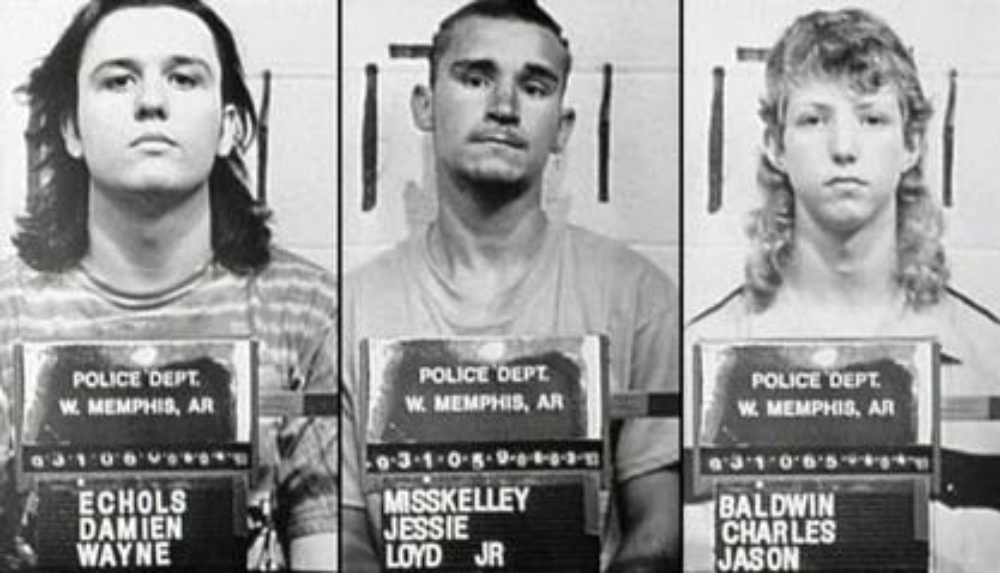The West Memphis Three

Courtesy of Wikipedia
JS
From Issue 1, 2024-2025; Global
Updated Jan 13, 2025
On May 6th, 1994, the bodies of three eight-year-old boys named Stevie Branch, Chris Byers, and Michael Moore were found near a marsh-like channel in Robin Hood Hills in West Memphis, Arkansas. The parents of the three boys called the night before to report that their children were missing and hadn't been seen since their activities that day. Within the twenty-four hour period before interviewing teenage troublemaker Damien Echols, the people of Crittenden County believed that there was cult activity surrounding the case. Damien Echols was under the supervision of another officer and had a history of trouble with law enforcement. In the past, he had threatened his father, his ex-girlfriend, and her new boyfriend. However, during the interview, Echols claimed he’s never heard of the three young boys. He stated he was home that evening, on the phone, talking with his girlfriend. When Echols took a lie detector test, though, his results suggested deceit.
The second person they interviewed was a friend of Echols, Jason Balwin. He was one of Echol’s friends, and he was suspected to have helped Echols with the murder. The final suspect they interviewed was a young man named Jessie Misskelley Jr. He had little connection with Echols and Baldwin. He went to observe the trouble Echols was causing. In the interview, he confessed, while also turning in Echols and Baldwin. However, his confession was inconsistent with details from the crime.
Despite the confession, the police arrested the three young men on June 3rd, 1993. There were two different trials: Miskelley’s separate trial, and the joint trial of Echols and Baldwin. Music collections and clothing choices were presented as evidence that revealed cult activity. Despite the lack of evidence, the trial concluded with Balwin and Miskelley sentenced to life in prison, and Echols being sentenced to death.
There were various attempts to appeal these decisions. Attorneys presented new evidence, suggested courtroom malpractice, and juror misconduct. The case was drastically falling apart due to a volunteer that helped the police investigate committing perjury, juror misconduct. In addition, new evidence showed DNA matching Branch’s stepfather, so the three men were able to get another hearing.
In 2010, the Arkansas Supreme Court called for a hearing that might clear the West Memphis Three’s sentences. For this hearing, Echols got new lawyers, Stephen Braga and Patrick Benca. Disappointingly for Echols,t, the evidence was considered indirect and didn't identify another suspect. Benca met with Arkansas attorney general Dustin McDaniel and suggested moving directly to new trials. They then suggested that the defendants plead guilty, but to lesser charges. Therefore, on August 19th 2011, the plea deal was approved, allowing all three young men to be released on time served while maintaining innocence.
Many popular publications have resulted from this case., One being a documentary called Paradise Lost: The Child Murders at Robin Hood Hills. the purpose of this documentary was to keep the spirit of this case alive. Another publication was a book called Devil’s Knot: The True Story of the West Memphis Three (2002). The author, Mara Leveritt, claimed the case was very tragic and a severe injustice to all of the victims. Even with the three young men being released, this case is still unsolved. The 8-year old victims will likely never get justice and the sentences that the three young men received will follow them as they move on with life.